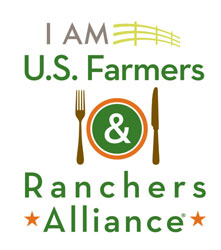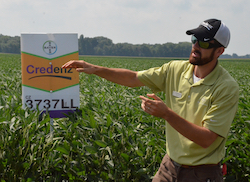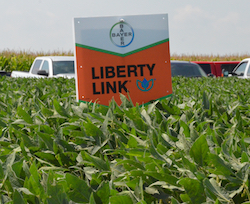I asked John how John Deere is working in the precision ag sector to help farmers become more efficient while planting, spraying and harvesting. He says they look at it from three angles. “John Deere has been about precision ag really since the beginning. You could argue that the self-scouring steel plow was a precision ag application compared to the non self-scouring plows that would have been in the horse-drawn world then.” He says the company has invested in precision technology as we know it today for a lot of years with auto guidance being a genesis for those efforts. Focusing on the farmer and their trusted partners, he says the company has invested heavily in recent years to build the infrastructure of connected machines and other IoT technology to enable customer machine and data connectivity. Additionally, the company is working with third party input providers to enable them to work with their customers to help them make better informed decisions. And of course John Deere is continuing to make investments in the best new technology for machines in the field.
Listen to my interview with John to learn more: Interview with John Teeple, John Deere

















